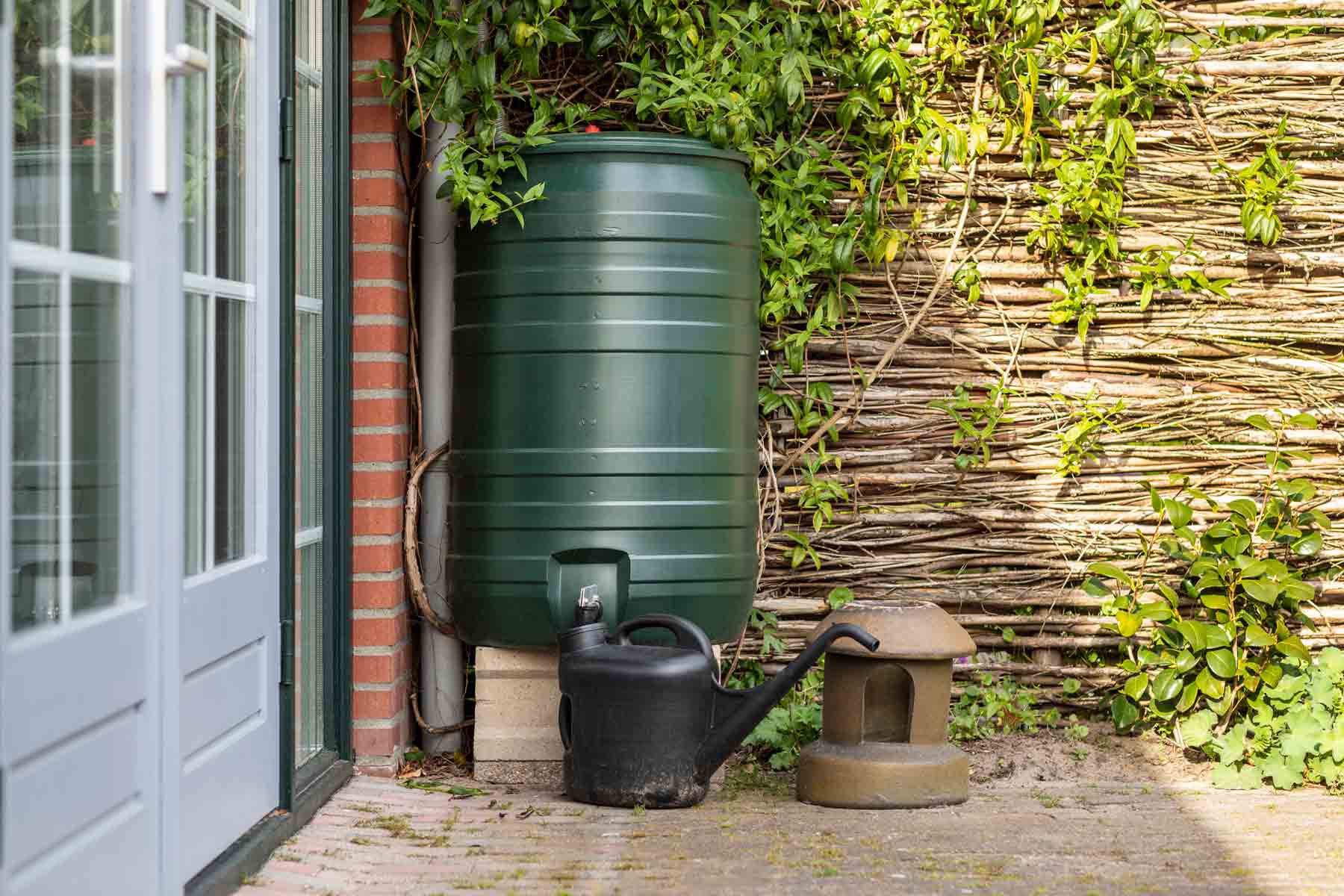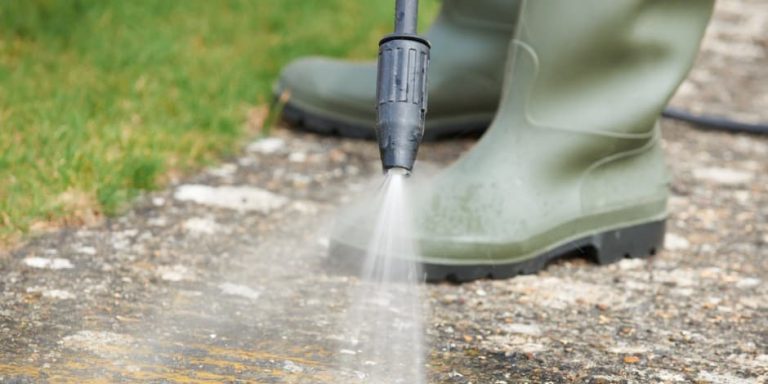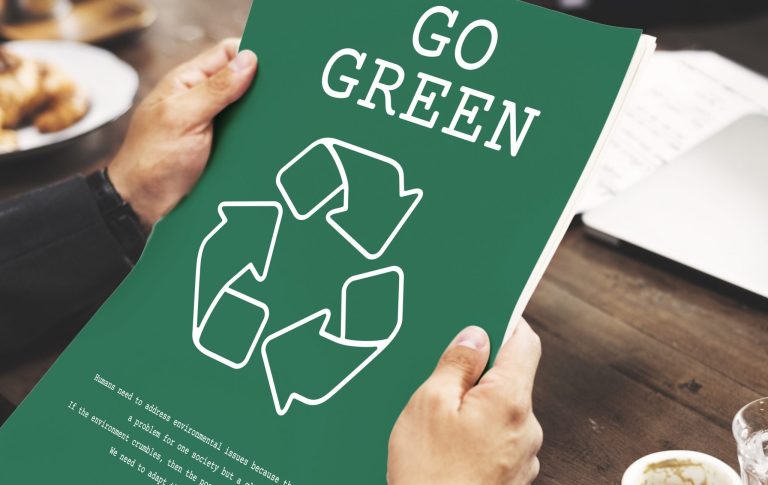
Rainwater harvesting is a smart, eco-conscious solution for collecting and reusing water—but what happens when power washing runoff enters these systems? Can that water still be used for irrigation or cleaning? Or does it pose a risk to plants, soil, or even human health?
Let’s explore how rainwater collection systems interact with power washing, and how to keep both environmentally sustainable and safe. 🌱💧
🛢️ What Is Rainwater Harvesting?
Rainwater harvesting involves collecting rain from roofs, gutters, or impervious surfaces and storing it in barrels or tanks for:
- Irrigation
- Flushing toilets
- Vehicle washing
- General outdoor cleaning
It helps conserve municipal water and reduce runoff—especially in drought-prone areas.
🚿 Power Washing Runoff: What’s In It?
Depending on what and how you’re cleaning, runoff can contain:
- Dirt and sediment
- Mold or mildew
- Grease or oil (from driveways)
- Paint particles or old coatings
- Detergents or degreasers
- Microplastics (from synthetic surfaces)
If this runoff flows into a rain barrel, it can contaminate the stored water, making it unsafe for certain uses like watering edible plants.
⚠️ Problems with Contaminated Harvesting Systems
Allowing power washing runoff to mix with your rainwater collection can result in:
- Clogged filters or tank inlets
- Algae growth from nutrient-rich contaminants
- Foul odors or bacterial buildup
- Toxicity in garden soil, especially if using soaps or degreasers
- Corrosion of tanks or fittings
In short, untreated power washing water should not be captured unless properly filtered and prepped.
✅ Safe Practices for Integrating Both Systems
1. Disconnect During Cleaning
Temporarily reroute gutters or downspouts away from the tank during any pressure washing activity.
2. Use Eco-Safe Cleaners Only
If cleaning roofs or siding near collection points:
- Use phosphate-free, biodegradable detergents
- Avoid bleach, ammonia, or solvents
- Never let paint chips or rust enter the system
Browse Amazon Here For Eco-Friendly Pressure Washing Detergents
3. Install First-Flush Diverters
These devices divert the first few gallons of runoff—which carry the most contaminants—away from the tank.
4. Use Pre-Filters
Mesh screens or charcoal-based filters reduce debris and chemical content before water enters the storage tank.
5. Flush the System After Power Washing
Let the system run for several minutes before reconnecting, to avoid contamination from leftover residues.
🌿 When Can Power Washed Water Be Reused?
It can be reused only if:
- No chemicals or soaps were used
- The surface being washed was non-toxic and uncoated
- Filters are in place
- Water is used for non-edible landscaping only
Avoid using for:
- Fruit or vegetable gardens
- Drinking water for pets
- Washing hands, pets, or clothes
🧠 Final Thoughts
Rainwater harvesting and power washing can co-exist, but only with thoughtful planning. If done carelessly, runoff can pollute stored water, damage plants, and undermine the purpose of your collection system.
The solution? Disconnect, divert, and filter. Clean with intention. 💧✅
Browse Amazon Here For Popular Pressure Washers And Accessories






